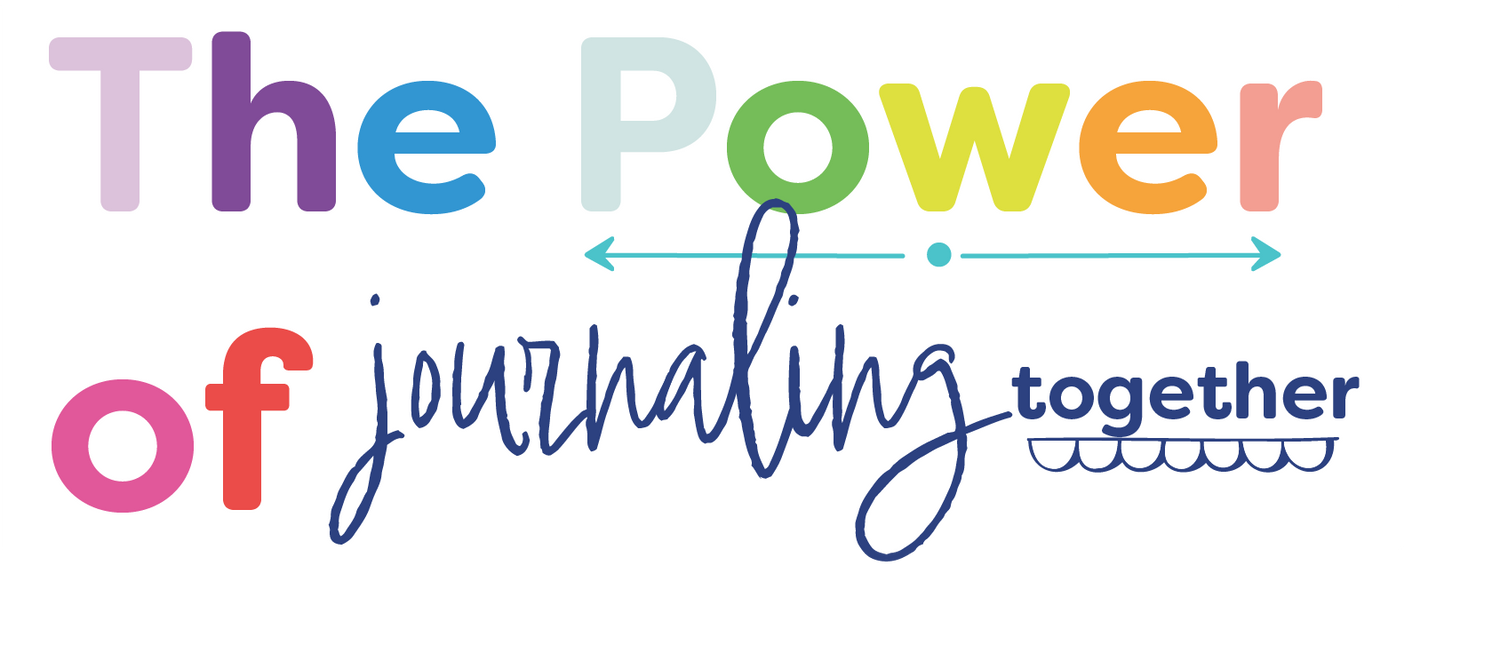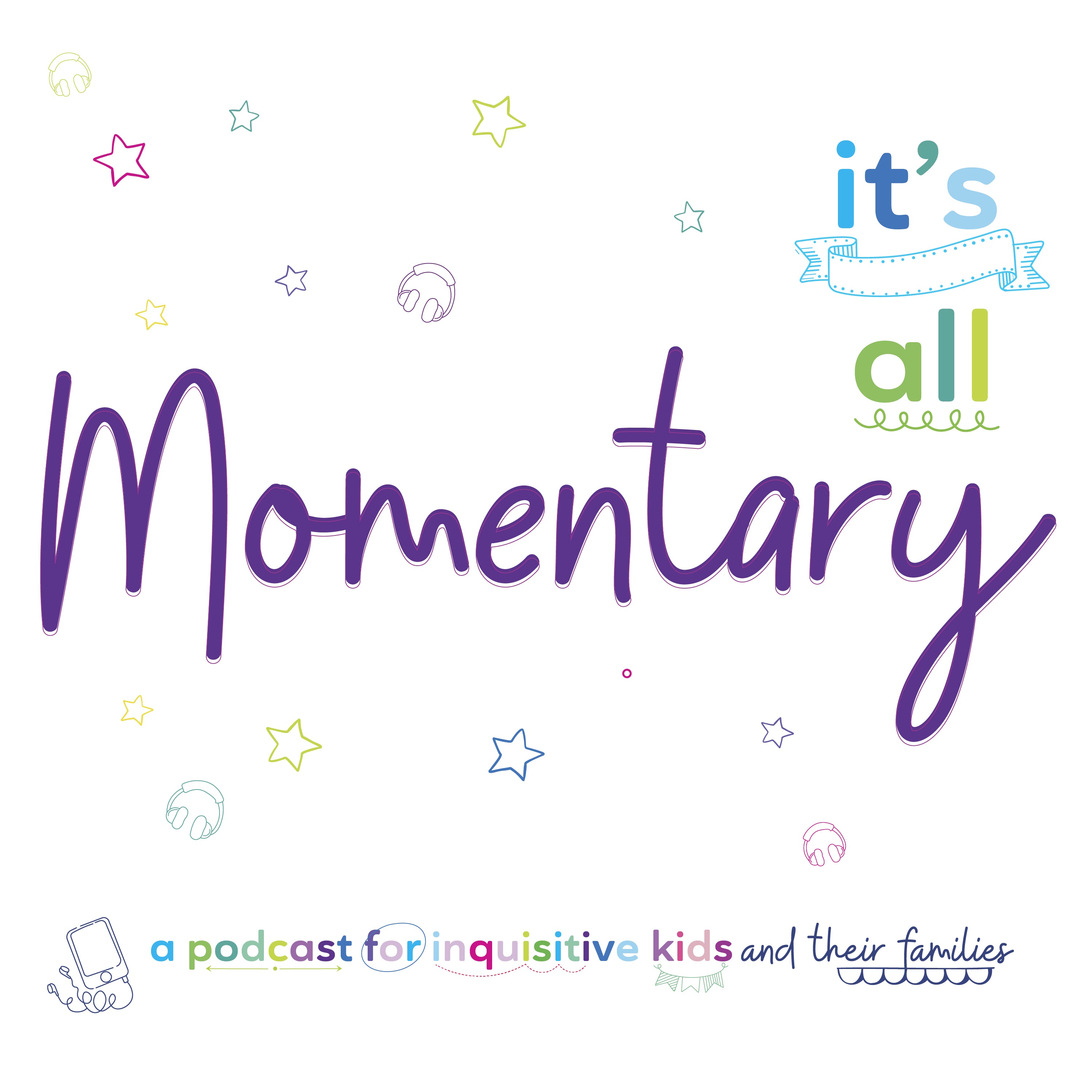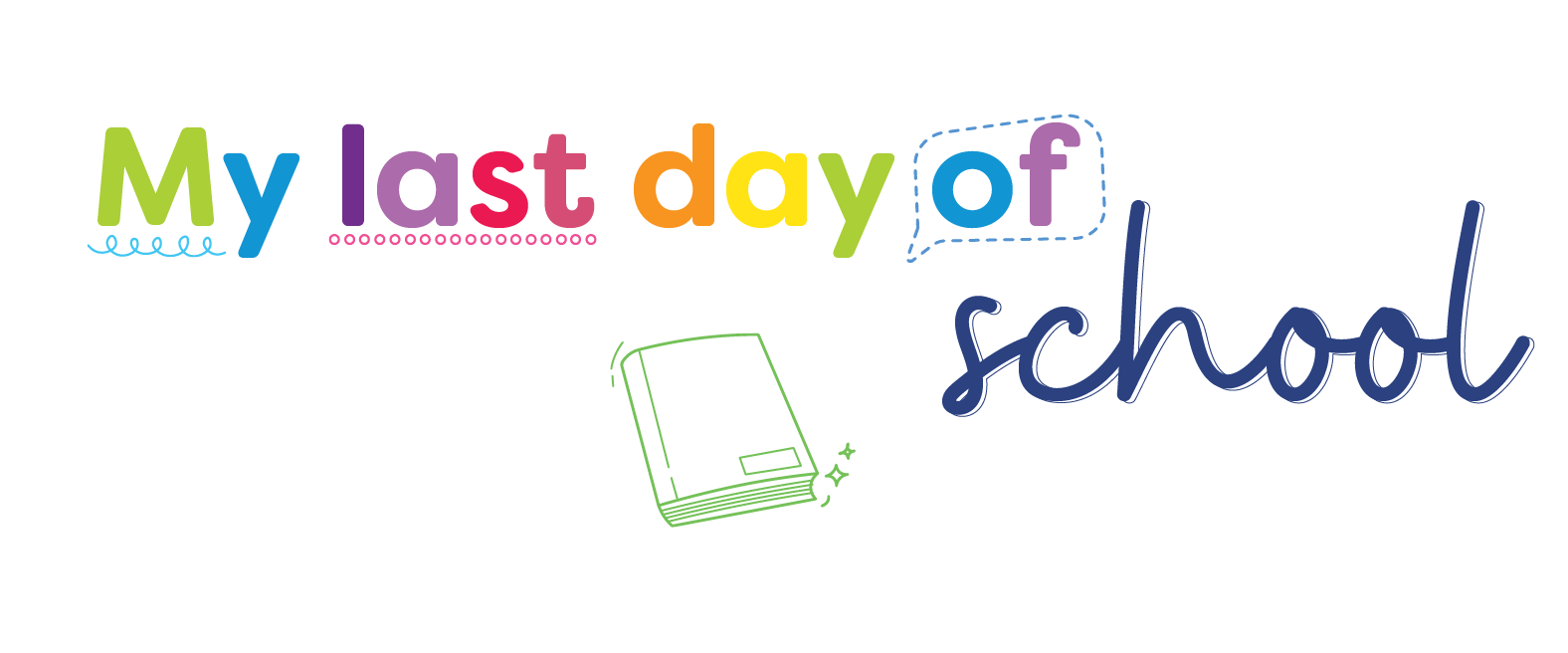When I was younger, I would journal obsessively. I always had a black diary with a not-so-secure lock and key stuffed under my pillow, ready to store all of my thoughts and worries. And while those diaries are now long gone (and would more than likely be a cringe-fest) I would love to have a moment with them so I could see myself through that lens again.
I would keep those diaries only for myself, mainly because they weren’t the type of entries for sharing. But I will never forget how freeing it was to get the thoughts out of my head and onto those pages. It was an easy, repeatable and accessible way for me to work my way through teenage years without having to talk to my parents. Because, like most of us, I really didn’t want to talk about what happened at school today. I just wanted to quiet the thoughts in my head and move on to the next thing I had to do in the day.
Fast forward to 2013 and I became a parent. I wanted to know everything. I mean every single thought my son had, every conversation he had at school, every worry he had, thoughts which ran through his head and conversations he wanted to share. I’m also the first to admit, that would’ve been more than overbearing! So I set out to create a framework for my son and I to use which was easy, repeatable and accessible to both of us, despite our age gap.
These three simple questions have helped me transform my relationship with my son:
Something I would change about the day?
Something I'm grateful for today?
While these questions might seem basic and not especially in-depth, as you can see in this link, the benefits of quality time with your children are well worth the few moments a day. As I’m tucking my son in each night, we fill in our daily journal with our answers to the above questions.
Practical Tips for Journaling as a family:
Designate a specific time each day or week for family journaling. Make it a shared activity that everyone looks forward to. Bedtime works best in my family.
Set up a cozy and inviting journaling space at home. Meet your children in their favourite place at home. They are more likely to feel comfortable enough to share big feelings and thoughts in a place they feel safe.
Provide journaling prompts to make it easier to start the writing process. This is where the three daily check-in questions will be a useful starting point
Encourage everyone to express their feelings and thoughts openly. This sets a positive example for children and fosters a sense of emotional connection. As parents we need to be active participants and share ourselves in a way which is child friendly and age appropriate.
Integrate your journaling into existing routines. We are all constantly juggling life, so it’s important to find a way to journal without adding extra burden to yourself or your daily life.
You don’t need anything special to get started. Our very first journal was a spiral notebook from officeworks. It’s now probably one of my most treasured possessions. We started it when my husband went away for work for 3 months and I wanted a way in which my son could maintain a connected and authentic relationship with him while he was away from home.
You’re welcome to download our free daily check-in page to get you started, but you can really just use anything your child feels comfortable writing in.

Bridging the Generational Gap:
One of the many benefits of setting up a practice of journaling together with your child is the improvement in improving their ability to express themselves and their thoughts to you as parents, but also friends and extended family. If you build in the daily practice of checking in with your child they will come to expect it and over time they will start to share more in-depth insights into their world.
Journaling together will also be the tool to close the generational communication gap. As a parent it will allow you to step into their childhood.
You will have a simple framework and guide to understanding their fears, dreams, and daily triumphs. While also spending intentional time together.
Perhaps the unsung benefit of journaling together is showing your children a glimpse into the lives of their parents. You’ll discover shared stories, values, and strengthen the love that binds your family together.
A Promise of Everlasting Connections:
As you gently close the pages of your shared family journal, I urge you to let it act as a promise between parent and child. It’s a sacred and cherished tradition and a place to seal the moments, emotions, and laughter that you’ve shared in our daily lives.
In your pages, you're not just preserving memories but the very essence of the bond between the two of you.



